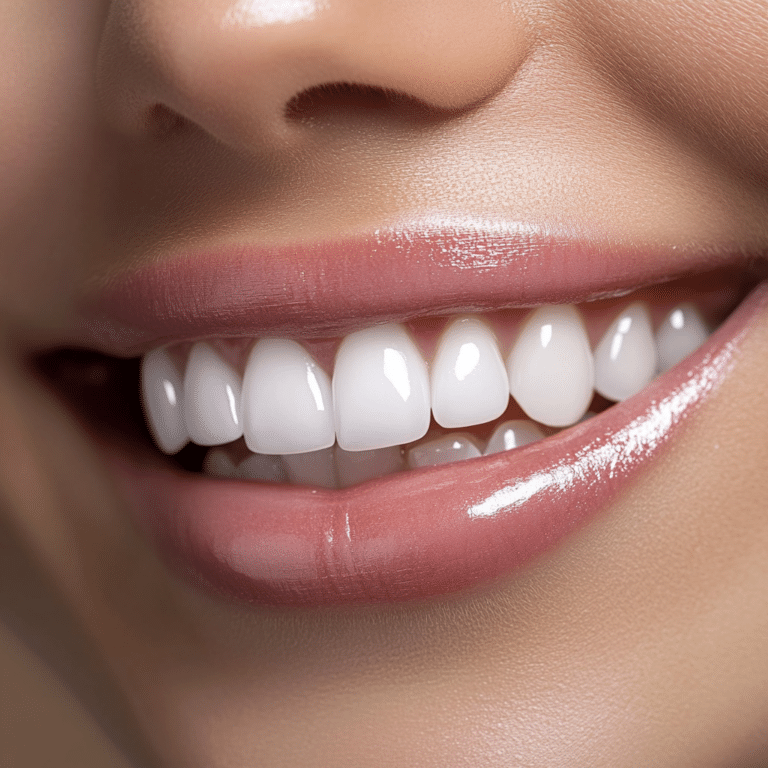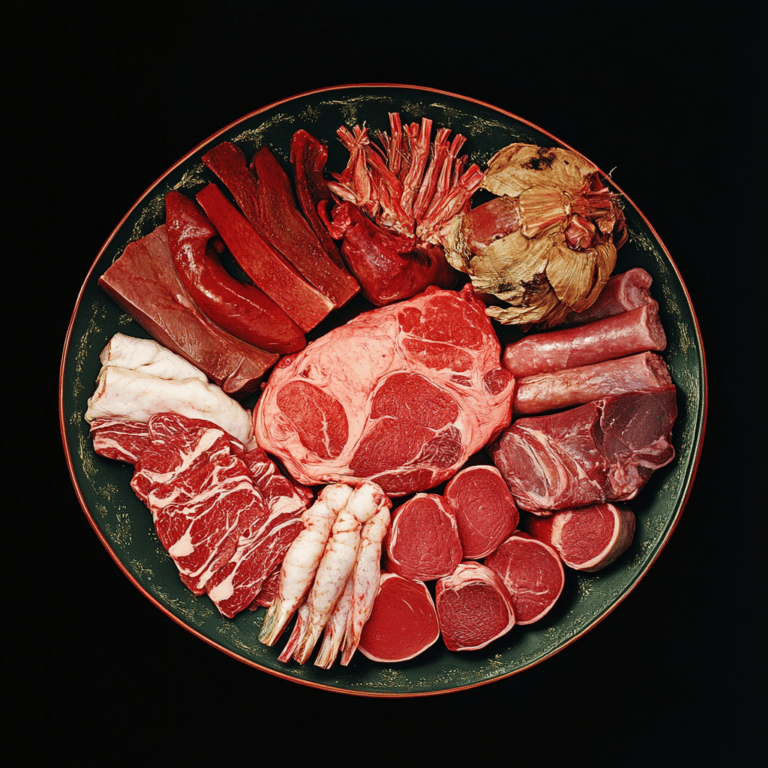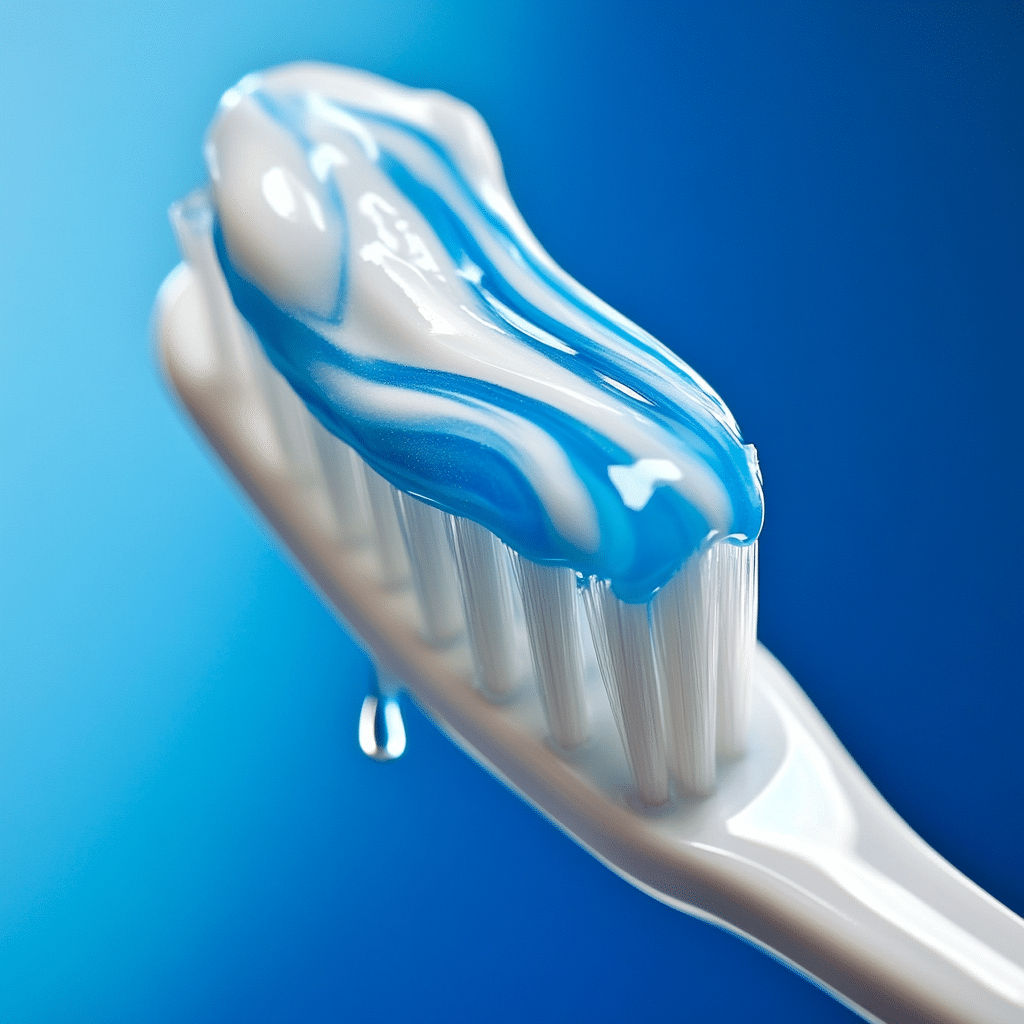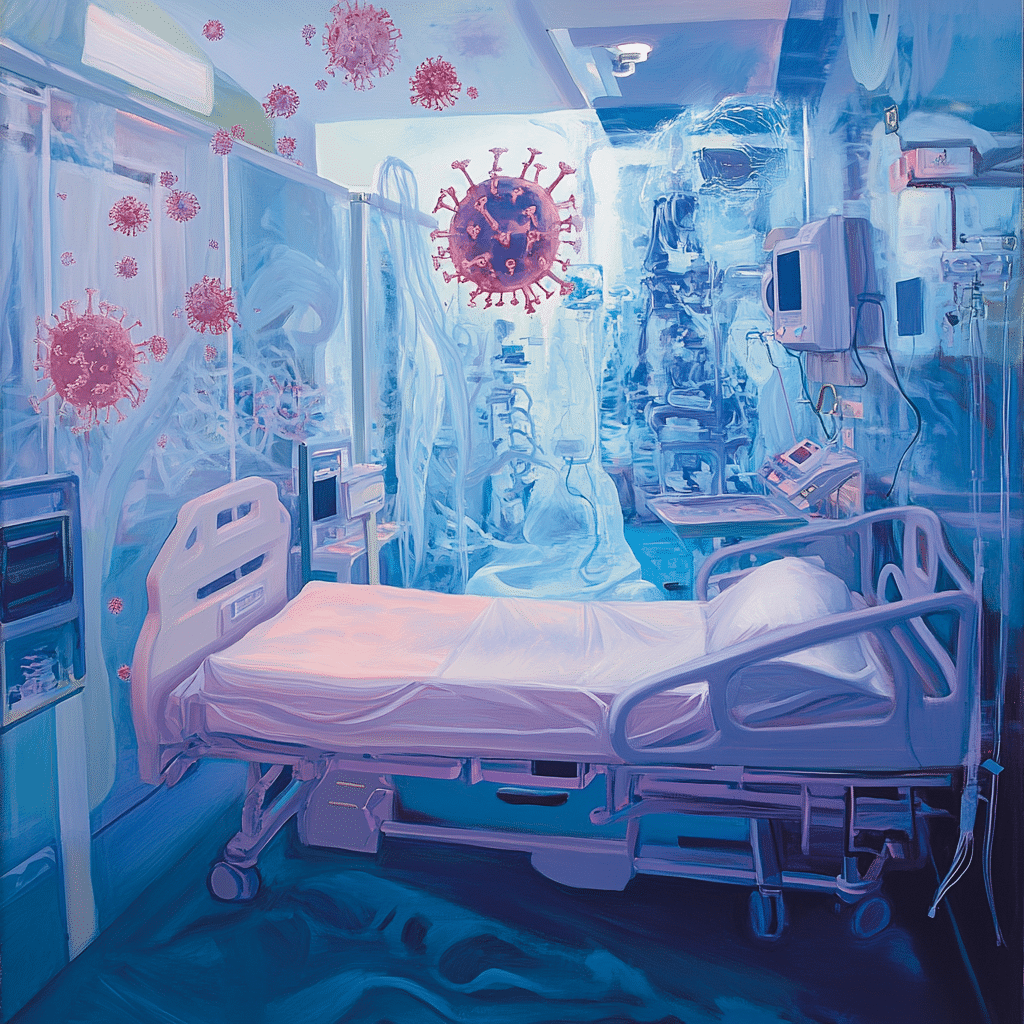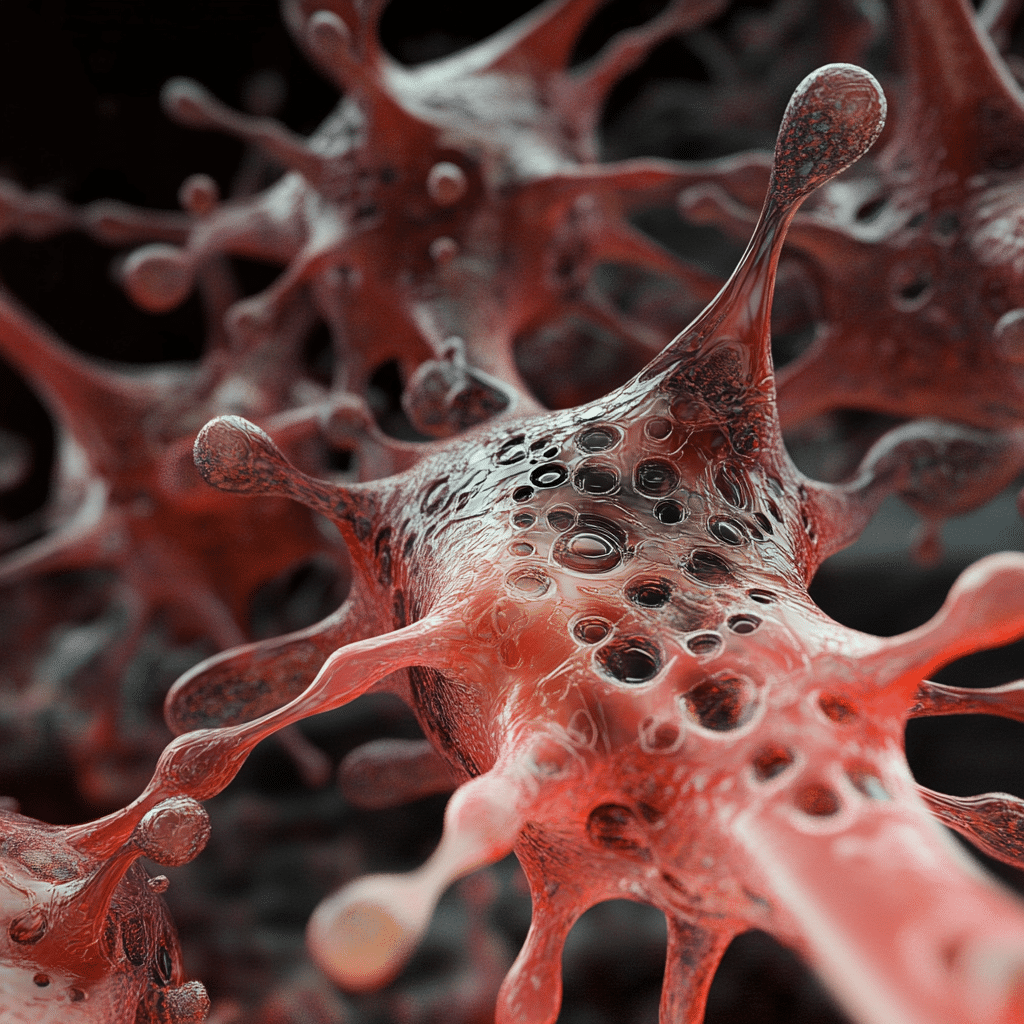Hair loss can be a humbling experience for many men. As we age, male pattern baldness takes center stage, leaving many feeling like they’ve lost more than just their hair. This is where the Norwood Scale steps into the spotlight. Developed by Dr. O’Tar Norwood in the 1970s, this tool has become instrumental in categorizing male pattern baldness (MPB). By understanding the Norwood types, men can better navigate their hair loss journey and explore effective treatments tailored to their specific situation.
When it comes to hair restoration, knowing your Norwood type can determine the best approach. Whether you’re mildly thinning (Norwood Type I) or sporting a fuller bald look (Norwood Type VII), recognizing where you fall on this scale not only aids in diagnosis but can also greatly affect treatment satisfaction. So, let’s get into it, and see how Norwood’s work influences today’s hair loss treatments.

Understanding the Norwood Scale and Its Relevance Today
The Norwood Scale isn’t just a bunch of numbers or letters on a chart; it’s a pivotal assessment tool for understanding and tackling male pattern baldness. It systematically categorizes hair loss into seven distinct types. Each type describes the progression of hair loss, making it easier for men to comprehend the stage of their baldness.
Understanding these types can drastically change treatment outcomes. Studies show that men who identify their Norwood stage often experience better results with therapies. For instance, if you’re in Norwood Type II, early intervention could prevent further hair loss. On the other hand, if you’re staring down Norwood Type VI, you’ll want to consider more aggressive treatments. Ultimately, awareness of where you stand on the Norwood Scale can boost your confidence and empower you in making informed decisions about hair restoration options.

Top 7 Treatments Influenced by the Norwood Scale
Now that we’ve laid the groundwork, let’s dive into the top treatments influenced by the Norwood Scale. Knowing which treatment aligns with your specific Norwood type can make all the difference when it comes to treating male pattern baldness.
![Siru - West Norwood [Official Video] | @siruartist](https://www.chiseled-magazine.com/wp-content/cache/flying-press/dndcAWalgaM-hqdefault.jpg)
1. Finasteride: Targeting Hormonal Causes
Finasteride, better known by its brand name Propecia, is a heavyweight champion in the fight against hair loss. Particularly suited for those in the early stages of hair loss (Norwood Types I–II), this medication works by blocking the conversion of testosterone to dihydrotestosterone (DHT), a hormone largely responsible for hair loss. Research has shown incredible results—for instance, a trial with 1,553 participants indicated that 83% of men experienced noticeable regrowth or stability after two years on Finasteride.
2. Minoxidil: Revitalizing Follicles in Various Stages
When it comes to topical treatments, Minoxidil, branded as Rogaine, is a go-to. Best for men falling within Norwood Types II–IV, it stimulates hair follicles, encouraging growth. A notable study showcased that about 32% of participants noticed visible improvements within 16 weeks of continuous use. For anyone grappling with mid-stages of hair loss, Minoxidil can be a life-saver.
3. Hair Transplant Techniques: From Strip to FUE
For those in Norwood Types III and beyond, surgical procedures like Follicular Unit Extraction (FUE) and Follicular Unit Transplantation (FUT) are viable options. Clinics such as Bosley and Hair Club have garnered accolades for their transformative results. Studies suggest an impressive over 93% patient satisfaction rate following hair restoration surgery. Just take a look at the before-and-after photos, and you’ll see how effective these methods can be.
4. Low-Level Laser Therapy (LLLT): A Non-Invasive Option
Low-Level Laser Therapy is gaining traction as a non-invasive alternative for those who hesitate to take medications. Devices like the Capillus 272 Pro Laser Cap deliver specific light wavelengths that stimulate hair growth across various Norwood types. Several studies confirm that regular users noted reduced hair loss and increased density after consistent use over six months.
5. Platelet-Rich Plasma (PRP) Therapy: Regenerative Medicine
Platelet-Rich Plasma therapy is making waves, particularly for men in Norwood Types II–IV. This innovative approach involves injecting platelets from the patient’s own blood into the scalp, promoting natural hair regrowth. Clinics like Regrowth report significant increases in hair count in just 3–6 months. Imagine the excitement of seeing your hair come back to life!
6. Dermarolling: Enhancing Topical Treatments
Looking to amplify your results? Dermarolling might just be your new secret weapon. This micro-needling technique helps increase the absorption of topical treatments like Minoxidil. Research indicates that combining this method with Minoxidil can enhance hair density and thickness, offering a natural boost to your routine. Men in Norwood Types II–IV are reaping the benefits, and it’s certainly worth considering.
7. Lifestyle Modifications: The Unseen Factors
Don’t forget the importance of lifestyle modifications. While treatments can work wonders, personal choices play a crucial role in hair health. Stress and poor diet are often the unseen culprits affecting hair follicles. A balanced diet rich in vitamins and minerals combined with regular exercise can be a game-changer. Simple changes can support all the treatments you might choose to pursue, amplifying their effects.

Innovative Perspectives on Future Treatments
As we look ahead to 2024 and beyond, the Norwood Scale’s relevance is only expected to grow. Personalized medicine is on the rise, pushing for treatment plans tailored according to each individual’s Norwood type, genetics, and lifestyle factors. With new research emerging, fields like gene therapy and stem cell studies point toward an exciting future in hair restoration.
The impact of Norwood’s classification on existing and upcoming treatments is significant. It guides individuals seeking solutions and affords healthcare professionals a structured framework for patient care. By merging technology, genetics, and holistic strategies, the hair loss treatment landscape could witness revolutionary changes in the coming decade.
Tackling male pattern baldness doesn’t have to feel like an uphill battle. With the right knowledge and tools at your disposal, your hair restoration journey can lead to more confidence and empowerment. Don’t just settle for anything less than great hair—embrace the possibilities that the future holds!

Norwood’s Influence on Male Pattern Baldness Treatment
Understanding the Norwood Scale
The Norwood scale is the gold standard for assessing male pattern baldness. Developed by Dr. O’Tar Norwood in the 1970s, it categorizes hair loss into several stages, ranging from minimal thinning to complete baldness. This tool became crucial for dermatologists and hair restoration professionals, creating a common language that helps people pinpoint their level of hair loss and explore treatment options accordingly. Interestingly, much like how different ear Piercings can make a powerful style statement, acknowledging your stage in the Norwood scale is the first step in reclaiming your confidence.
Fun Facts About Hair Loss
Did you know that male pattern baldness affects about 50% of men by age 50? That’s a staggering statistic that showcases how widespread this condition is. It’s fascinating to think that certain factors, like genetics and hormones, play a major role in this process. And here’s a curious tidbit: much like the risk factors for a Ruptured ovarian cyst, genetic predisposition can significantly influence hair loss outcomes. If you’re searching for ways to combat thinning hair, treatments can vary widely—from topical solutions like minoxidil to surgical options that involve hair transplants.
Social Implications of Baldness
Baldness isn’t just a physical change; it can carry social implications too. Just look at public figures like Robert Downey Jr., who has embraced his thinning hair with grace. It’s a classic example of how adapting to change can foster a positive self-image, irrespective of the Norwood stage. Additionally, the conversation around baldness overlaps with societal observations, much like how discussions about alternative platforms in Trump social Media circles can inspire new dialogues. Hair loss treatments may also lead the way to further discussions about overall health, as men are encouraged not just to tackle their hair concerns but also to explore related health issues—similar to understanding oropharyngeal health.
Utilizing the Norwood scale can further guide men toward effective treatment plans, but remember, style can be personal. After all, life is too short to worry overly about hair loss when there are myriad ways to express oneself—be it through a bold hairstyle or simply looking great with a fresh outfit.





